Health Starts at the Source: Why We Must Support Local Farms
January 5, 2022
When I was a child, one of my favorite experiences was traveling up the familiar winding gravel road to see the animals at my local farm.
My family has been buying farm shares since I was one year old. In fact, one of my earliest memories is feeding chickens with leftover vegetable scraps, and staining my fingers from picking blackberries on the far side of a field.
At dinner, I could immediately tell the difference between a cucumber from the farm and one from the grocery store. I often told my mom the farm-produced cucumbers “just taste better.”
Now, fondly looking back, I see the immense value in what these farmers do.
Sustainability means to avoid the depletion of natural resources in order to maintain ecological balance.
Due to its importance to environmental stewardship, animal welfare, and human health, local communities must support sustainable agriculture.
Meeting society’s current demands, while sustaining the environment for future generations necessitates sustainable farming. Thus, people who care about sustainability should look for “values-based” foods and products that maintain a healthy environment. These foods support the humane treatment of animals and promote farm workers’ wellbeing, while still strengthening the local economy.
In comparison to the methods of industrial farms, local ones tend to have a much less negative environmental impact.
Industrial agriculture is an intensive production of crops and animals usually involving the use of chemical fertilizers on crops or the use of antibiotics on animals. This kind of agriculture can also involve heavy uses of pesticides and other practices that pollute the environment, harm animals, and deplete the land.
One way factory farms can greatly impact the environment is by practicing monoculture, where one crop (like corn, soybeans, wheat, or rice) is planted repeatedly on the same land. Due to the high demand for that crop, nutrients become depleted from the soil and farmers must replenish it by using chemical fertilizers. In addition, they may also use pesticides and herbicides to prevent the spread of weeds and insects that are attracted to that crop.
Another harmful practice is the overgrazing of livestock. When animals eat the same grass for long periods of time, the soil becomes more susceptible to erosion, the plants’ root systems become damaged, and biodiversity declines.
Biodiversity is the variety of living organisms in a particular ecosystem or habitat. Without that diversity, ecosystems would fail to provide us with sources of fresh water, soil fertility, pollution breakdown and absorption, climate stability, and natural disaster recovery.
Due to these damaging practices, a United Nations report estimated that three-quarters of land-based environments have been significantly altered by human activity, though on average, this trend is less severe in areas managed by local communities.
Industrial agriculture is not a humane, sustainable, or healthy way of producing our country’s food.
We must find better solutions.
If there was a greater variety of plants grown instead of a single crop, insects and weeds would be less likely to become as abundant, and additional chemicals shouldn’t be needed.
To avoid the damaging effects of overgrazed fields, animals should be rotated through different grazing areas. If properly done, rotational grazing can preserve the health of the soil and land overall.
Unfortunately, these seemingly obvious solutions are often overlooked by large-scale farms due to the demand for their products and an insatiable thirst for profits.
Thankfully, buying from smaller local farmers is a way to avoid supporting harmful agriculture.
In the small town of Corbett, Mike Guebert and Linda Bangs run a livestock farm called Terra Farma; its name originates from the Latin phrase “terra firma,” meaning solid earth. Their goal in creating their farm was to do so in a way that contributes to the health of their community and environment. “Everything we do, we kind of look at with a focus on the soil,” Guebert said.
One way that they practice sustainability is by rotationally grazing their animals. During the growing season — March through the end of October — they move the cows, goats, and sheep onto new pastures every day. This rotation mimics the way animals eat in nature, as they naturally don’t graze on the same patch of grass every day. Rotationally-grazed grasses have stronger root systems, build healthy soil, and help limit carbon emissions.
“When people talk about the carbon footprint of cattle, or beef, or really any meat, they are looking at the factory farm model, but animals raised on pasture that are properly grazed can actually be carbon negative,” Guebert said.
In fact, livestock contributes 14.5 percent of all global greenhouse gas emissions that originate from human activity, though if more farmers grazed their animals more sustainably, this figure has the potential to plummet.
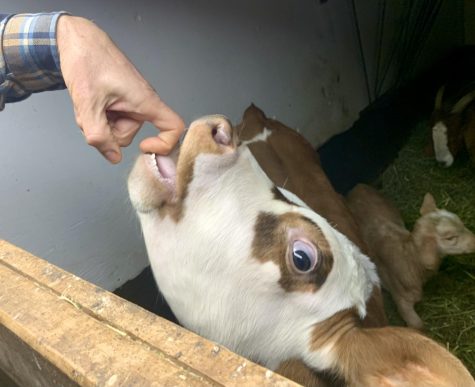
According to Guebert, the longer grass is kept in the growing stage, the more carbon becomes sequestered in the soil. By mimicking nature through the rotation of grazing animals, farms can significantly reduce the amount of carbon released into the atmosphere.
In addition to this method of grazing, the couple is using other sustainable practices such as utilizing their pigs’ natural digging instincts to form irrigation systems instead of machinery, a substance called biochar to trap carbon in the soil, and solar panels on their barn to generate a portion of their electricity in a renewable fashion.
“The environmental footprint of a farm like ours versus, say, a huge dairy [farm] is worlds apart,” Guebert said.
In Portland, 47th Avenue Farm run by Laura Masterson is also making a difference to the local community through sustainably grown fresh produce.
She believes her calling in life is to grow “really healthy, nutritious food in the community for people who live there and doing it in a way that’s healthy and sustainable, both for the people and the planet,” Masterson said.
In order to protect the environment through her farming, she uses a system of drip irrigation to water her plants, with a large focus on water conservation. She also rotates fields and utilizes cover crops, which are crops grown only for protecting the soil, in order to maintain its health and preserve its nutrients.
“For sustainability, not allowing any synthetic chemicals in the farming operation is huge, but I feel like it’s kind of a baseline. There’s all kinds of things that we can be doing above and beyond that.” Masterson said.
The most noticeable difference between farm-raised/grown food and that from factory farms is the taste. For instance, many of those who buy meat and dairy products from Guebert’s farm say it is better than any they have purchased elsewhere because “our animals have a better life,” Guebert said. “[They] have access to the outdoors all the time, they always have fresh air. They’re not packed in like sardines inside of a building. We love our animals.”
As for produce, “the main difference is in the freshness,” Masterson said. Many items at your local grocery store either travel from far distances or sit in storage as they ripen, with the food not being nearly as tasty or nutritious.
Community Supported Agricultures, also known as CSAs, are a great alternative.
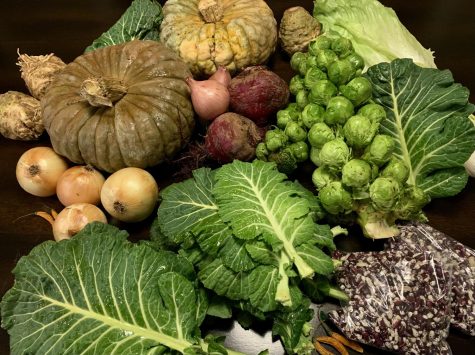
CSAs typically involve individuals buying a share in a farm for a season. They then pick up boxes of fresh food weekly during the growing season. “It basically is a way for the consumer to become directly involved and support small farms,” Masterson said.
While the prices usually tend to be more expensive than those in grocery stores, we must help keep our farm economy going to protect the amazing resources and beautiful land we have in our state. If local farms go away, mega-farms can take over and begin producing food on a factory scale, caring more about profits than creating quality products or cultivating the earth.
“The food becomes more expensive, but I feel like we have to do that,” Guebert said. “If we don’t, not only the earth is going to suffer, but our health is going to suffer as well because we will all have less nutritious food.”
People should eat local food not only because it promotes sustainability, but because it also supports the farmers’ hard work of improving our planet and community’s health.
Additionally, buying food from local farms allows the buyer to have a relationship with the farmer and a direct connection to the food they eat. Seeing where and how their food is raised helps people make better food choices for both their health and the environment.
“If people know where their food comes from, they’re going to make different choices,” Guebert said.
I write this article after picking up my biweekly share from 47th Avenue Farm; a huge array of colors and vegetables hardly found at any store. The excitement of seeing what is in the boxes I pick up each week is unparalleled by any other means of grocery shopping, and I wouldn’t have met so many amazing people otherwise.
Local farms aren’t only for producing food, they are a community.
Friendships are made there that wouldn’t be found anywhere else.
I am very grateful for my opportunities to see the work of these farms firsthand. I believe that if more people experienced them like me, they would realize the larger significance of the food they choose and become much more connected to the people in their community.



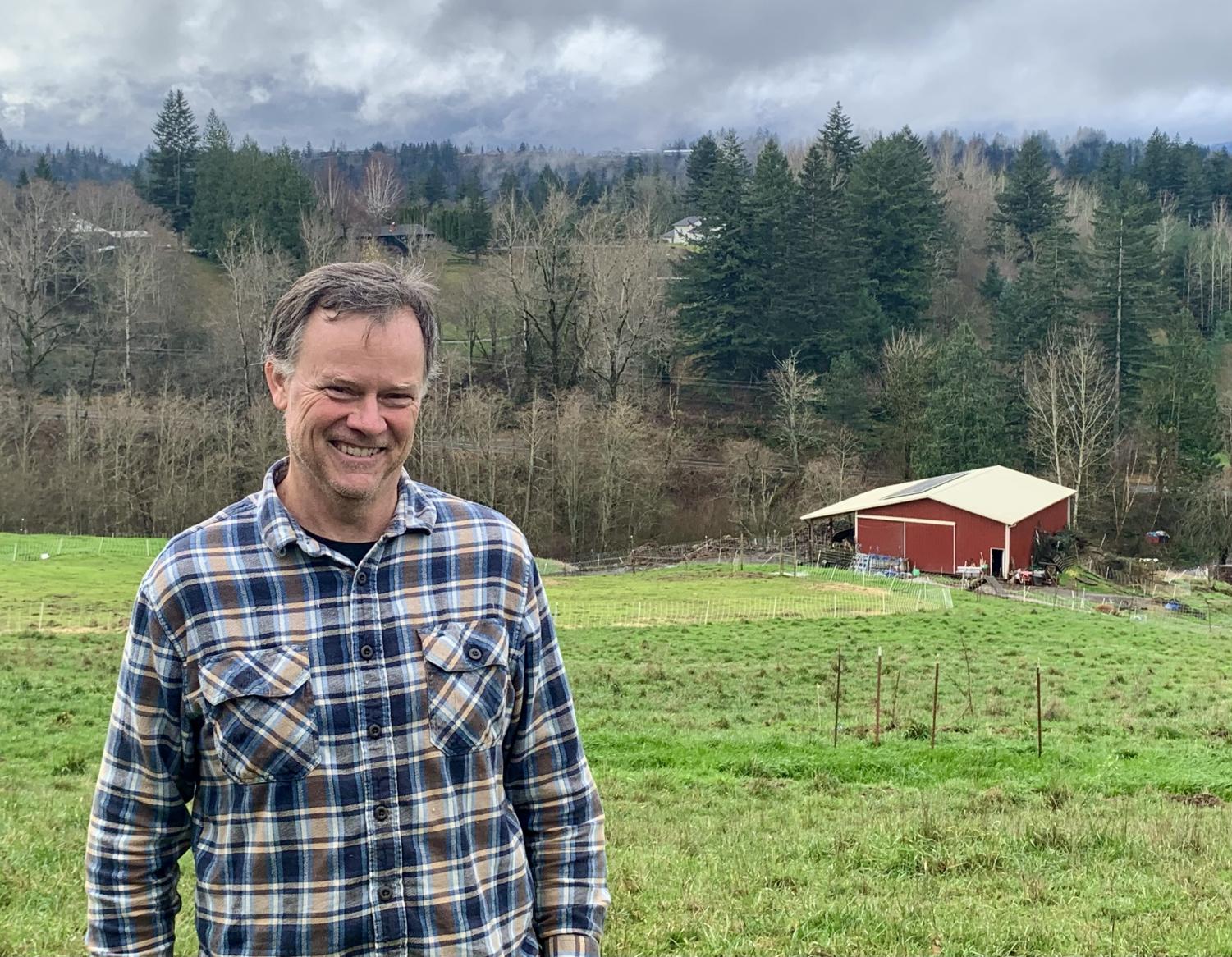
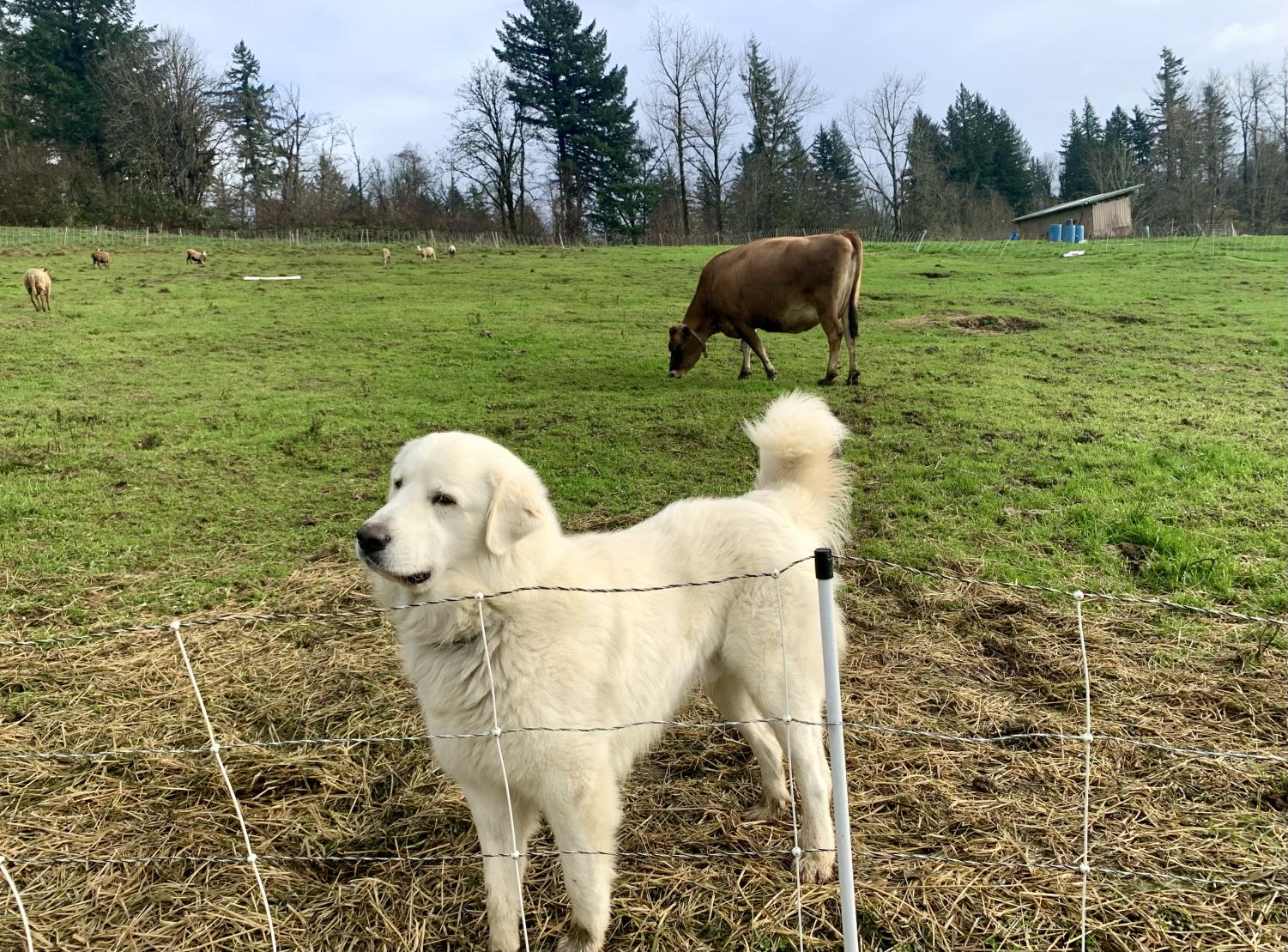
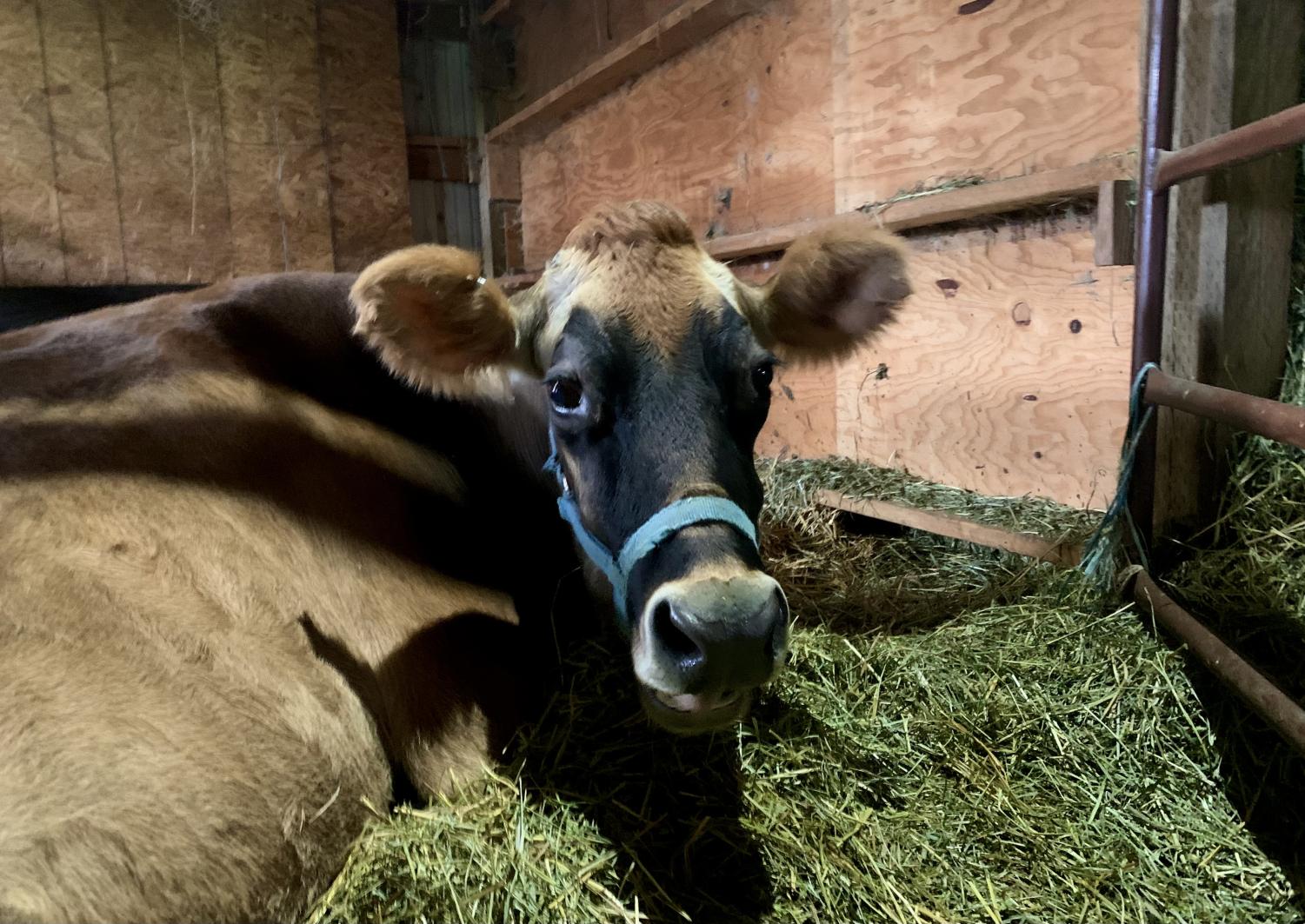
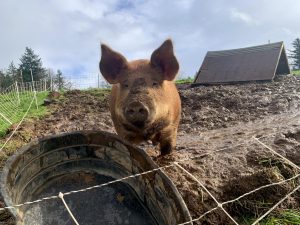
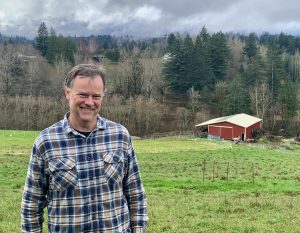
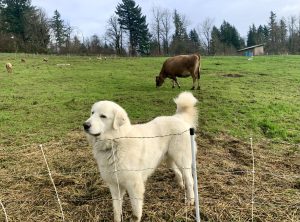
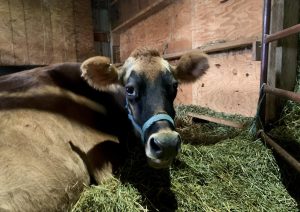

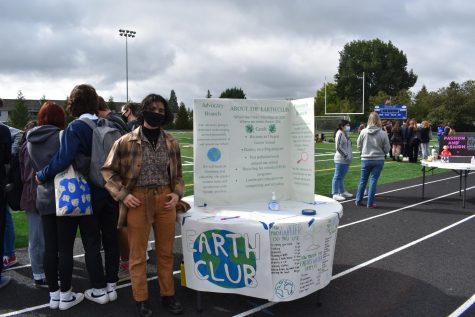

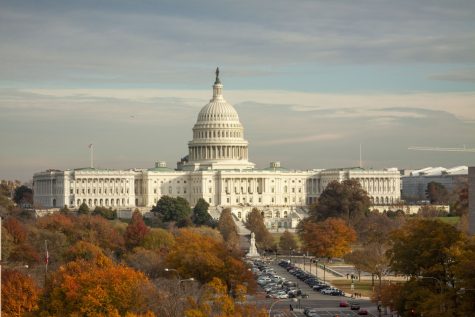
















Christine Babinec • Feb 1, 2024 at 7:59 am
Excellent article! Salient and powerful. Thank you!
Isabella Simonutti • Jan 5, 2022 at 9:13 pm
Incredible job Megan!